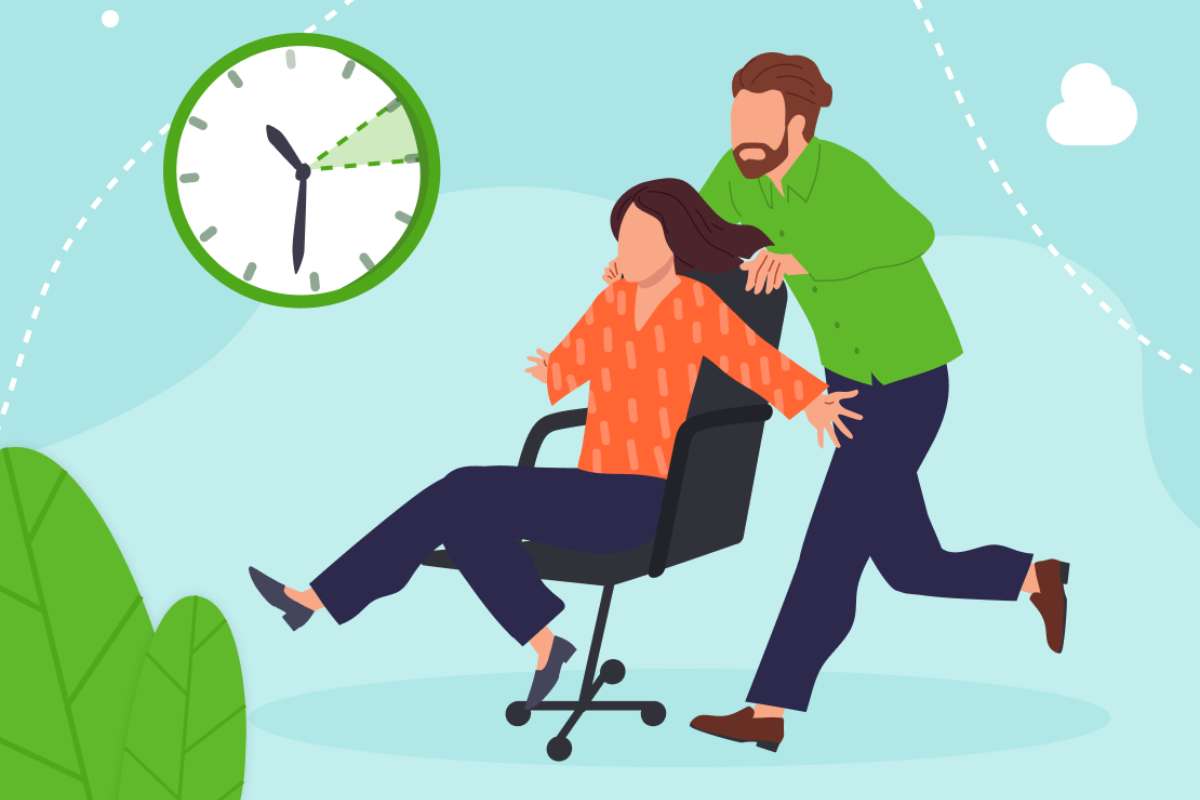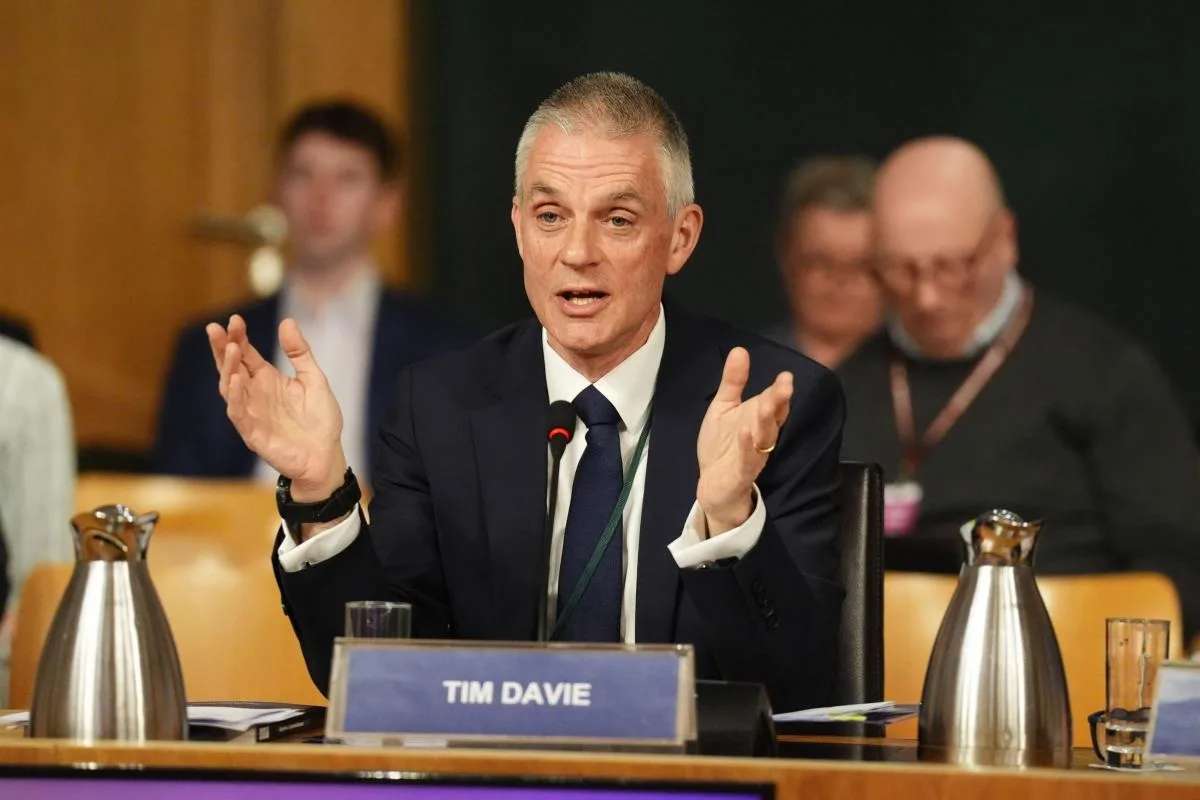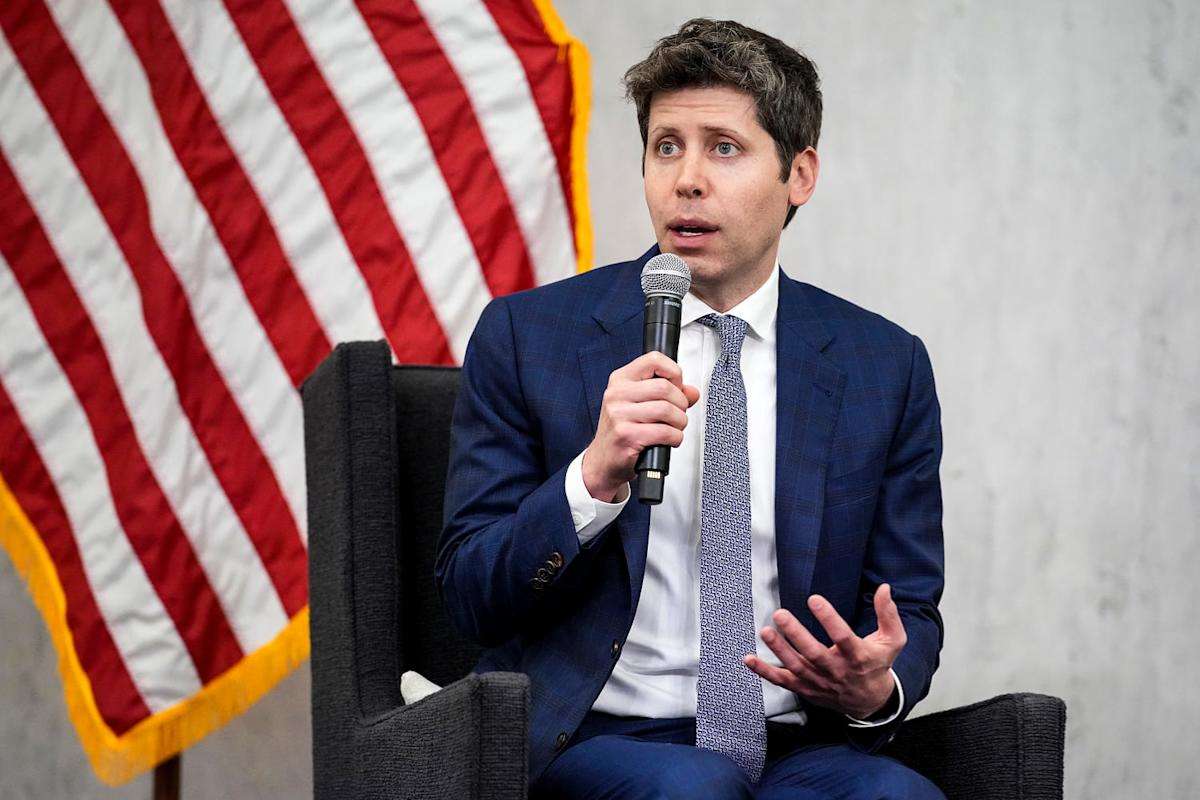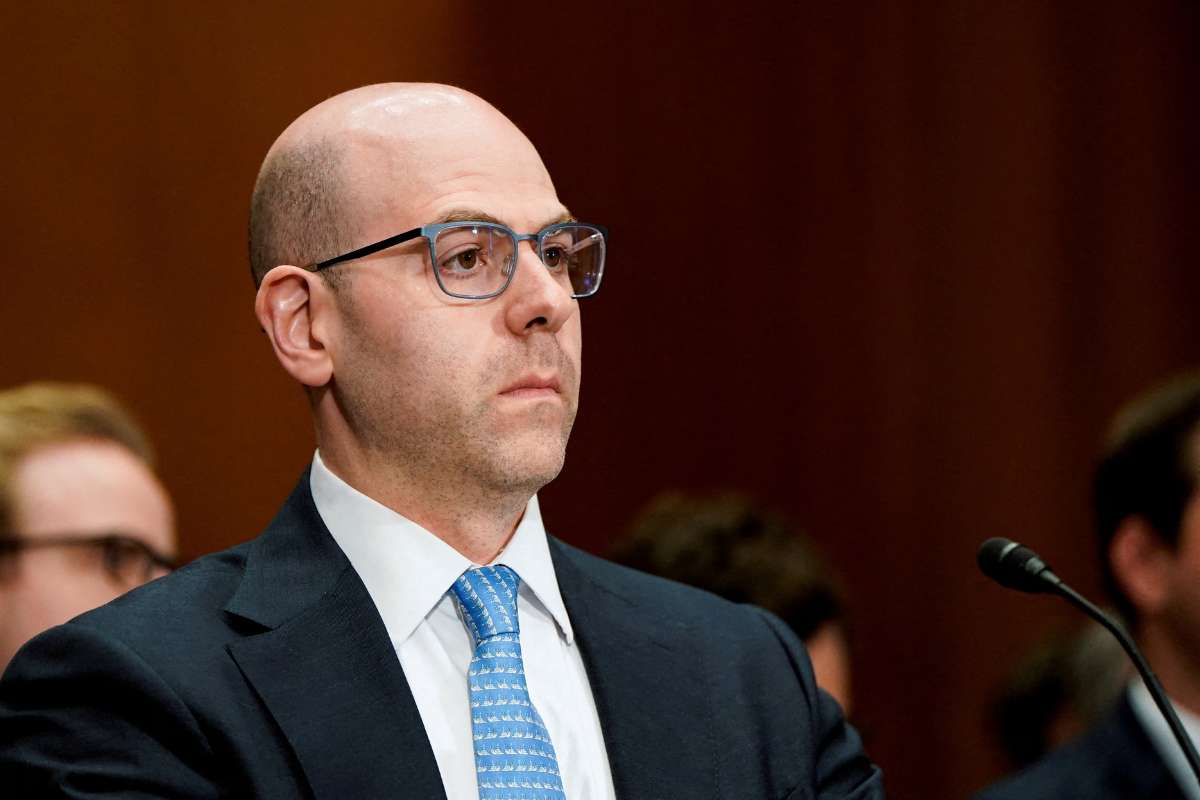In most work cultures, taking breaks is treated like a guilty pleasure. Hustle culture has existed for decades, and rest feels like slacking. Yet, there’s a shift being witnessed against the onslaught of distraction, burnout, and mindless, frantic multitasking. You know what it is? We’re not talking about any productive hacks. It’s a new concept focusing on rhythm, a structure around the beat. It’s called the 52/17 rule.
Don’t beat your head around this. The method is simple. You only have to work for 52 minutes and rest for 17. That’s all. Remember, you cannot cheat; no tracking dashboards and no forced smiles in back-to-back meetings. Just a consistent flow of effort and pause, designed to work with your brain, not against it.
Initially, a DeskTime study discovered the 52/17 rule; experts or managers did not theorize it. It was observed in real people that high performers consistently got more work done in less time. Since then, tech firms, startups, remote teams, and leaders have adopted it to protect focus without compromising well-being.
If you’ve tried everything from Pomodoro technique to bullet journaling and still feel stretched thin, this method would be the best option for you to incorporate. And if your calendar looks like a game of Tetris, this blog might change your thoughts about time.
What Is The Rule, and How Does It Work?
The 52/17 rule is a time management approach that encourages 52 minutes of entirely focused work followed by a deliberate 17-minute break. Unlike many productivity methods that prioritize constant output, this rule emphasizes sustainability. It is purely based on research. A study by DeskTime, a productivity tracking tool, analyzed its top-performing users and noticed a familiar pattern. They deduced that the most effective workers didn’t function through 8-hour marathons. Instead, they worked in short, controlled bursts. The observed worker didn’t use any hacks, like scrolling through their phone. Instead, they walked, stretched, conversed, or disconnected. And when they came back, their focus was sharper than ever.
It builds on the idea that our brain can concentrate for about an hour, but only with rest built in. After seven years, DeskTime repeated the study in 2021 and again around 2024, reaffirming the 52/17 rule. However, they also revealed an alternate, longer rhythm (112/26) that many remote workers adopted during and after the pandemic.
How Are Tech Organizations Using the 52/17 Rule?

Tech organizations use the 52/17 rule to boost focus and prevent burnout, especially in remote and hybrid teams. This approach encourages team members to work with full attention for 52 minutes and then step away for a 17-minute break. Many software companies, design agencies, and product teams set up these cycles using timers or by blocking off focused work sessions on shared calendars. During the break, employees are encouraged to move around, stretch, or take care of non-work activities, rather than checking emails or scrolling screens. These breaks are essential, allowing the brain to reset and helping creativity flow more naturally.
Instead of treating breaks as disruptions, leading tech groups now see them as a smart way to maintain energy throughout the day. Some companies even build these intervals into their project management tools to remind workers when to pause. The result? Shorter meetings, faster idea sharing, and, according to recent studies, better team morale and a noticeable drop in burnout rates. The 52/17 rule changes workplace culture by making rest a regular and valued part of doing great work.
How Visionary CIOs Use the 52/17 Best Time Management Ratio for Deep Work?
Chief Information Officers face unique time pressures, making traditional productivity methods less effective. Many CIOs struggle to find dedicated time for deep thinking and analysis between board meetings, security briefings, vendor discussions, and strategic planning sessions. However, forward-thinking technology leaders are adapting structured time management approaches like the 52/17 rule to regain control over their schedules.
The 52/17 method works particularly well for CIO responsibilities that require sustained concentration. Tasks like reviewing complex technical architectures, analyzing cybersecurity reports, or evaluating new technology investments benefit from uninterrupted focus periods. By scheduling these high-cognitive-demand activities into 52-minute blocks, CIOs can make critical decisions without constantly pulling emails and meeting requests.
During the 17-minute breaks, successful CIOs step away from screens entirely. Some take short walks, practice mindfulness exercises, or sit quietly to let their minds process the information they’ve been analyzing. This deliberate pause helps prevent decision fatigue and maintains mental clarity throughout demanding days.
Time management experts note that executives who adopt structured work-break cycles often report better decision-making quality and reduced stress levels. The key difference for CIOs is that they treat these focused work periods as non-negotiable appointments with themselves, just as important as any board meeting or client call. When technology leaders model this disciplined approach to time management, it often encourages their teams to adopt similar practices, creating a culture that values deep work alongside operational responsiveness.
Work-Life Balance Using the 52/17 Rule for CIOs
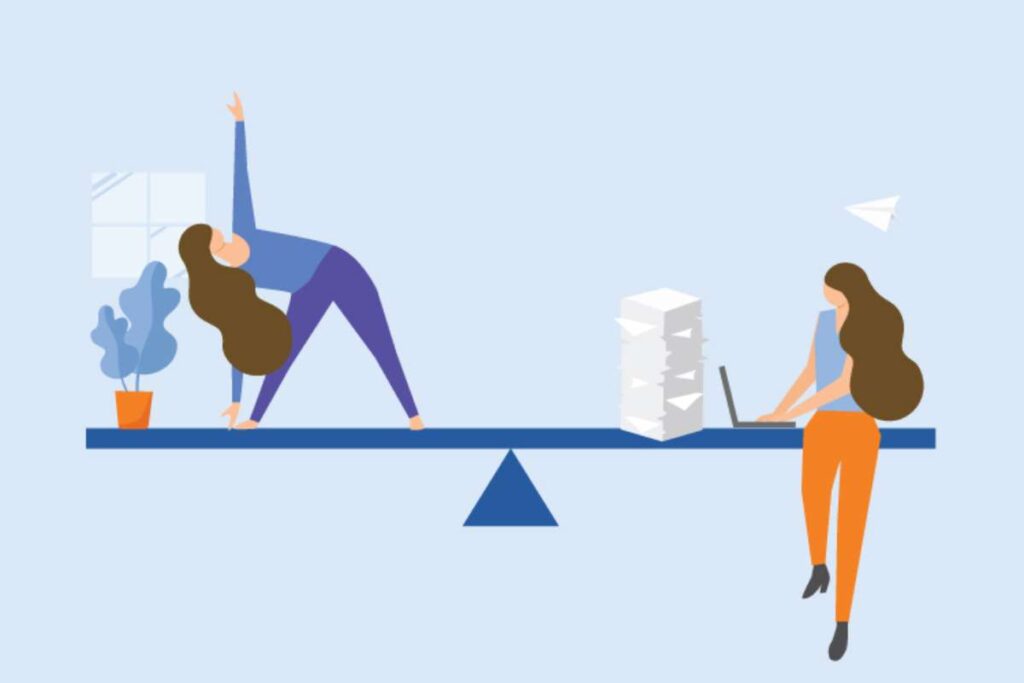
When your role demands crucial decisions, there is minimal scope for you to take a breath. A proper work-life balance must allow you to do that. CIOs who follow the 52/17 rule report ending the day both productive and mentally fresh. By the time 5 p.m. rolls around, decision fatigue is minimal, and logging off no longer carries guilt.
That final 17-minute break becomes an essential transition from technical strategy to family time or personal interests. Rather than allowing work to bleed into evenings, this pause creates a boundary, just long enough to reset but short enough to keep momentum. Studies show that regular breaks help maintain vigor and reduce burnout.
For CIOs, this means leading by example: when senior leaders honor their 52/17 schedule, they normalize healthy rest for the entire IT organization. The result is a culture where focused effort and true downtime drive better outcomes, at work and home.
Examples of the 52/17 Rule in the Workplace
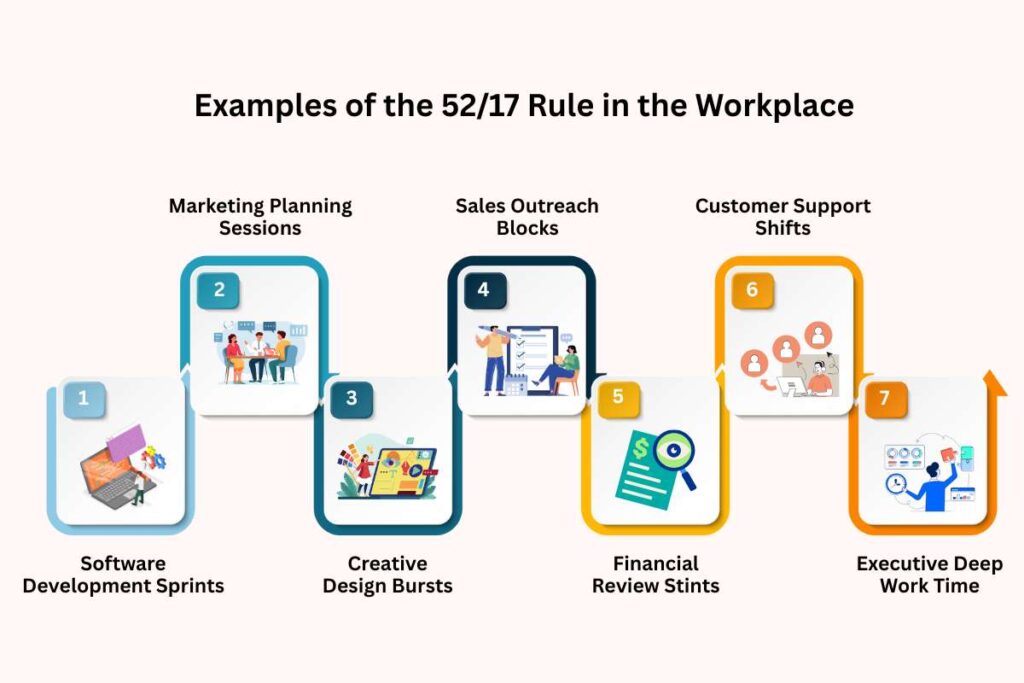
1. Software Development Sprints
Developers set a 52-minute timer for coding features or fixing bugs. When the alarm rings, they push back from their desks. They may stretch, grab a coffee, or chat with a teammate before starting the next round. This keeps heads clear and code cleaner.
2. Marketing Planning Sessions
A marketer spends 52 minutes drafting email campaigns or plotting social posts. Then take a 17-minute break. During this period, they may sketch ideas on paper, step outside for fresh air, or quickly scroll through industry news. New ideas pop up when the mind has a moment to wander.
3. Creative Design Bursts
Designers dive into 52 minutes of layout work or brainstorming visuals. During the break, screens stay off, listening to music, doodling unrelated sketches, or taking a short walk. These pauses help creativity flow when they return.
4. Sales Outreach Blocks
Sales reps use 52 minutes for calls and follow-up emails. Then they step away, take down important notes, refill their water bottle, or chat with a colleague before jumping back in. It keeps energy high and conversations sharp.
5. Financial Review Stints
Analysts pore over reports and spreadsheets for 52 minutes straight. Their 17-minute break might be as simple as closing their eyes, sorting papers, or taking a quick walk down the hall. It helps them spot mistakes and stay focused.
6. Customer Support Shifts
Support teams tackle tickets and chats in 52-minute sessions. During break, they leave their screens, stretch their legs, grab a snack, or sit quietly. That little reset makes the next set of customer calls friendlier.
Also Read: 15 Work-Life Balance Strategies for CIOs That Make Leadership Less Overwhelming
7. Executive Deep Work Time
C-level leaders carve out 52 minutes for strategic thinking, writing memos, reviewing, or mapping out goals. The 17-minute break is sacred: no emails, just reflection or a brief walk. It ensures big decisions happen with a fresh mind.
Pros and Cons of The 52/17 Rule
| Pros | Cons |
| Boosts sustained focus during work periods | Interrupts the flow for tasks that need longer concentration |
| Reduces mental fatigue and decision fatigue | May feel rigid or disruptive in unpredictable environments |
| Encourages regular movement and screen breaks | Takes time away from task execution |
| Improves creativity by giving the mind a reset | Requires discipline to avoid overlong breaks |
| Helps maintain energy and motivation throughout the day | Not ideal for deep tasks requiring extended immersion |
| Normalizes rest as part of productivity culture | Scheduling around meetings and team availability is tricky |
Wrapping Up
The 52/17 rule is more of a reminder that productivity doesn’t mean that we slog our minds and push our saturation levels. Our daily routines have a rhythm, and we are responsible for ensuring that it’s on the right note. We shouldn’t let ourselves feel exhausted or burned out before Friday. This rule is perfect to ensure that. Whether you’re writing code, managing teams, closing deals, or making big decisions from a corner office, this rule brings back something we all need: permission to pause.

